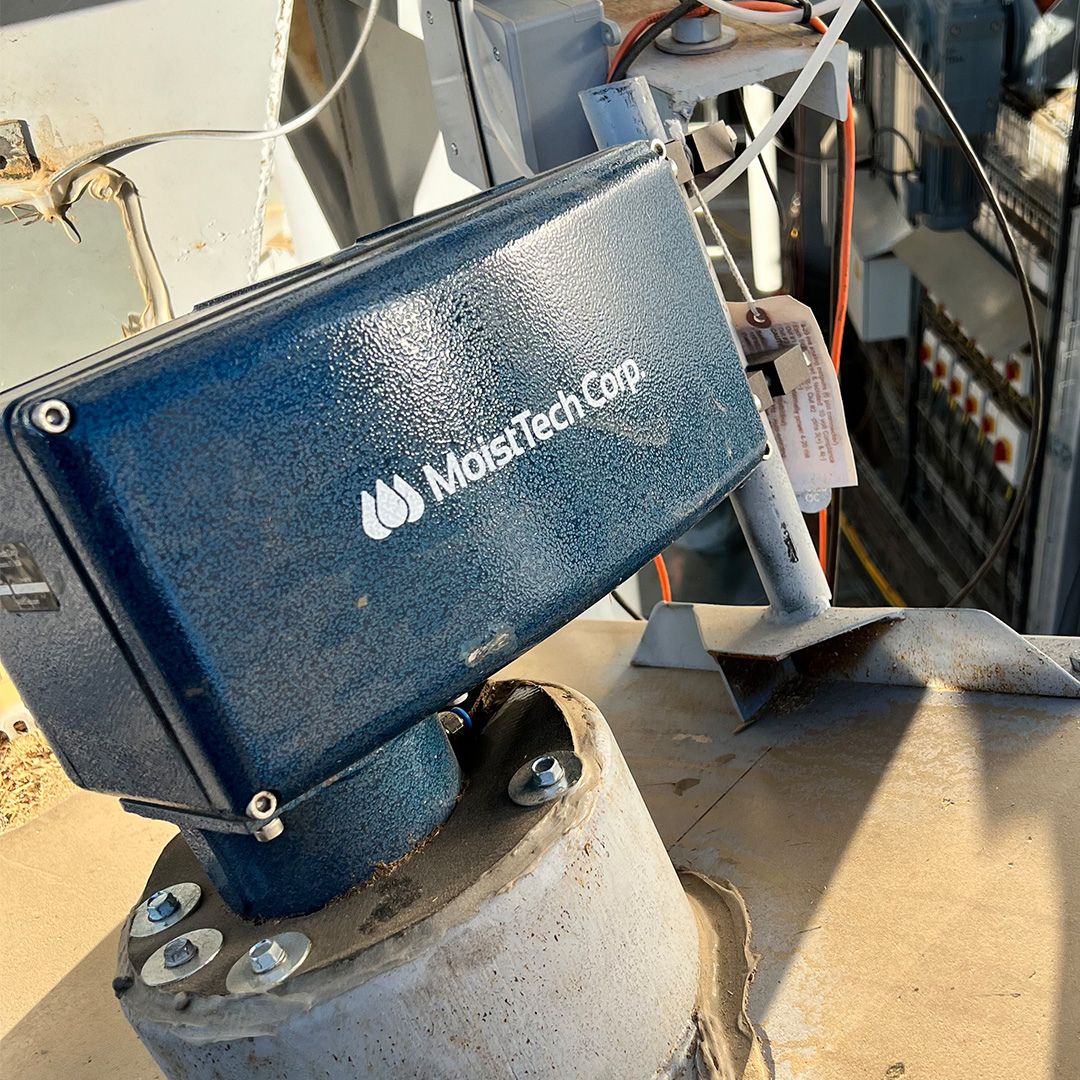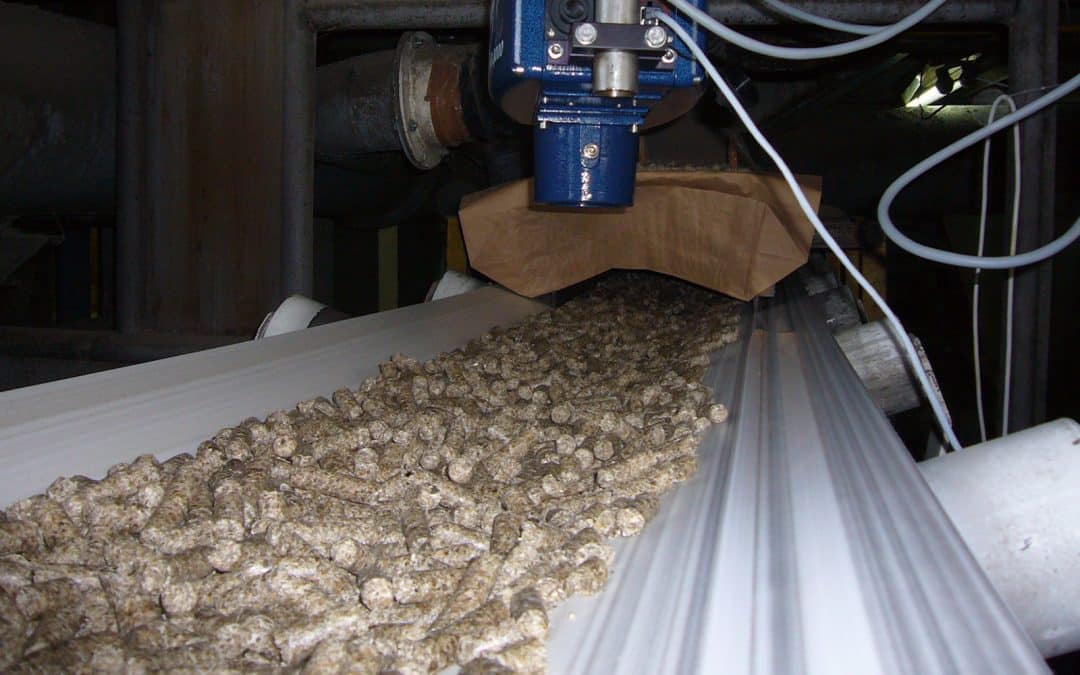“Making pellets is a fairly straightforward process from a 30,000-foot view, we feed biomass into a pellet mill die chamber and the rolls work to press out a beautiful pellet with a high quality sheen right? Not so fast, there are several metrics that must be considered when it comes to making a quality pellet day in and day out. Something to know about pellet mills is that they are only as efficient as the consistency of the material that is being inputted. There are several factors that must be considered such as: the wood species, the die specifications, the grind size, the geometry of the grind, the conveyance, binder requirements and so on. However, one metric that is often overlooked or rather I should say undervalued is the moisture rate of the biomass. Sure, we know that already you say, however time and time again I have seen this area neglected in biomass pelletizing systems due to a lack of knowledge about its importance. I have found that changing the moisture percentage even by as little as 1% makes a noticeable difference in the pellet quality both in the durability and in the sheen. If the moisture rate varies by 3-5% it is almost impossible to consistently make a durable pellet at all. The other factor that moisture directly affects is the amperage of the main drive on the pellet mill. In wood pelleting specifically, if the moisture rate trends upwards the amperage of the motor swings upwards as well. When the moisture rate drops the amperage falls significantly. This bouncing of the amperage rate can have a detrimental effect on the production capacity of the pellet mill. I have seen over a 20% decrease in production rates simply because the inbound biomass wasn’t a consistent moisture, not to mention there is the possibility of plugging the mill. How is this overcome? We have found that by using MoistTech’s IR3000 moisture sensors, we are able to adjust the programming of the dryer system to provide a more consistent biomass moisture rate in real time that directly correlates to a higher production capacity and a better-quality pellet. I highly recommend their system. It is robust, accurate and their customer service has been fantastic.
Nate Harris, President Custom Pelleting Services
Improve Process Efficiency
Moisture control becomes a crucial aspect of the production line as numerous products can becomes affected quickly, creating waste, downtime and other issues that stop the efficiency of the facility. Incorporating a system directly into the line or in the laboratory allows for an immediate adjustment process when needed, creates constant control of the products, and allows the data to tie directly into PLC. The ROI that is created from implementing a moisture measurement and control system can vary widely but is crucial to the overall process.
Proactive Avoidance
Moisture control in plant design is a crucial implementation in proactive avoidance of quality control issues. Moisture sensors are recommended to be installed in several locations throughout the process to achieve ultimate efficiency including incoming material lines, before and after the dryer, and before any finishing belts. With continuous improvement in mind, maintaining the ability to co-exist with sophisticated facilities and flawlessly tie into their systems to create a consistently managed process is essential for both MoistTech and the customer.


